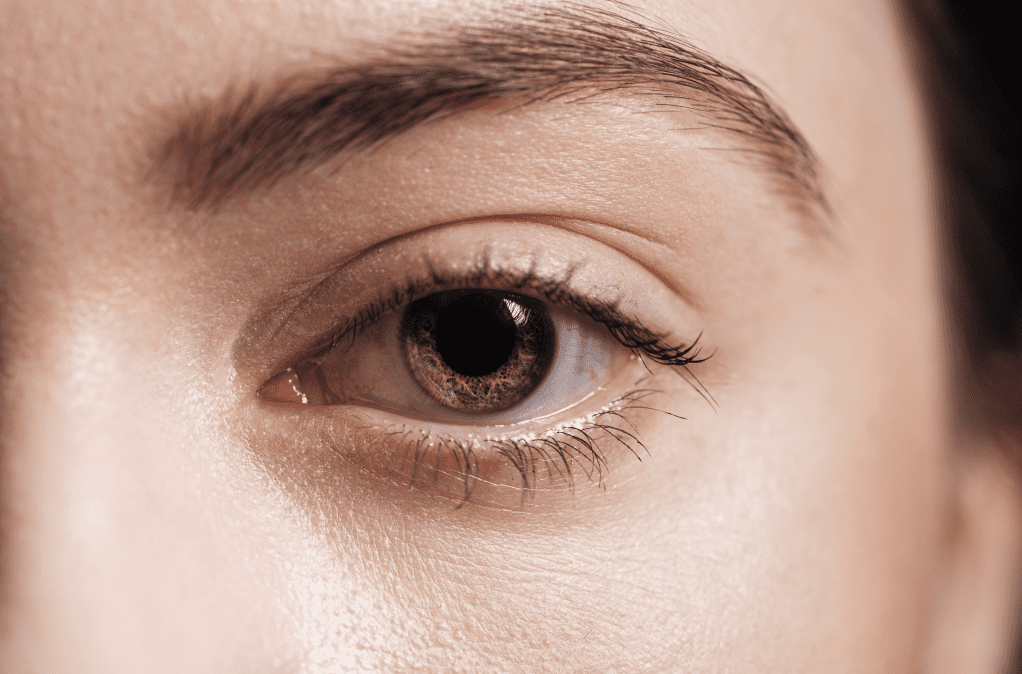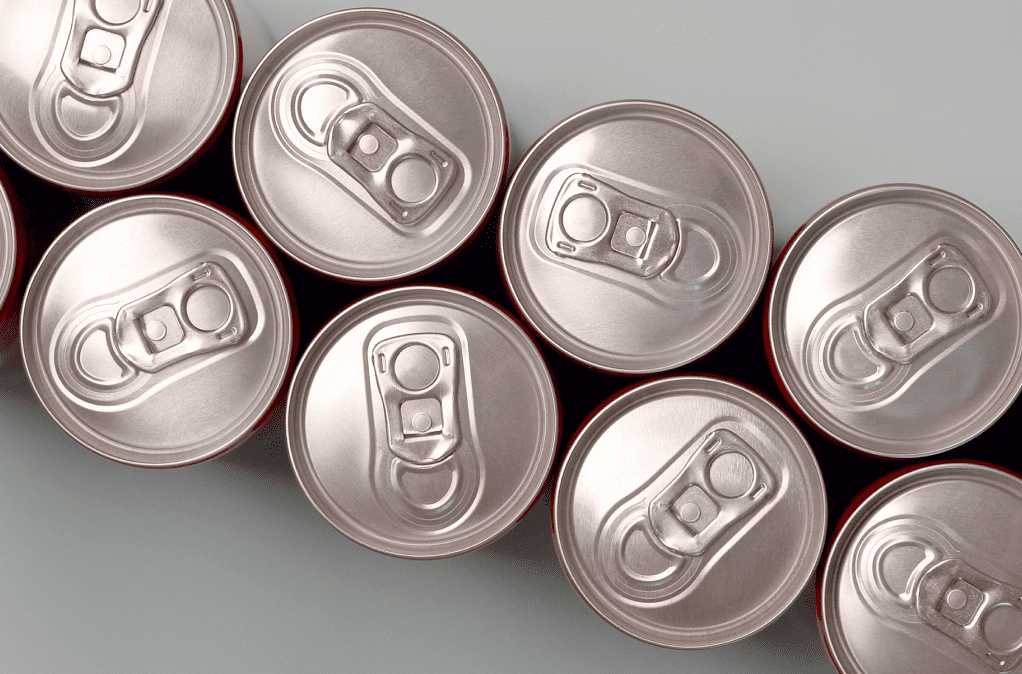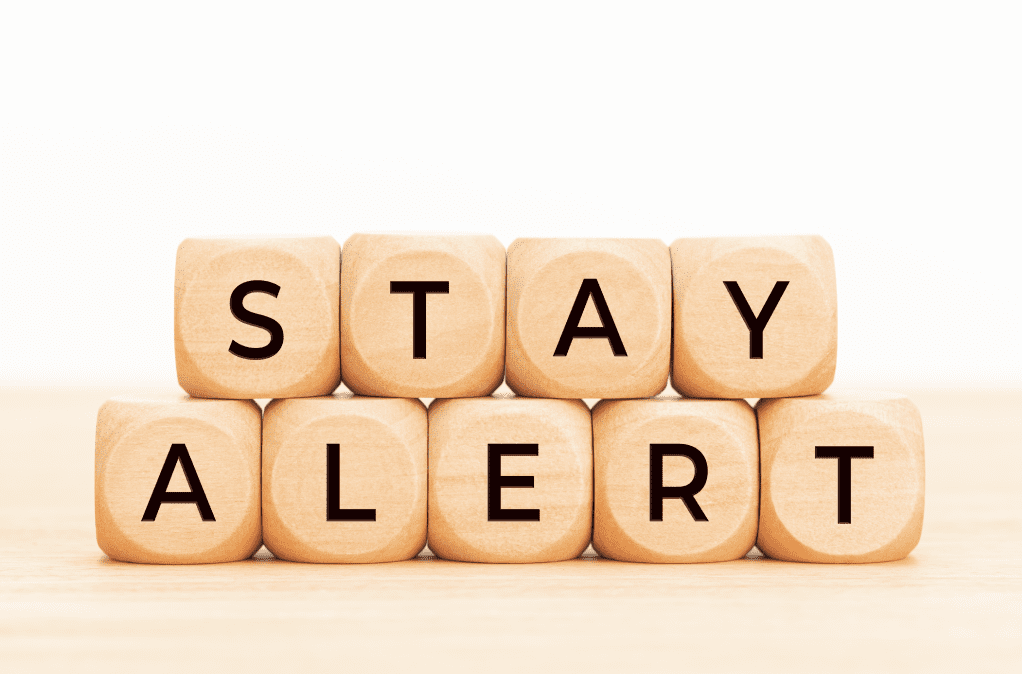Similar Articles
It’s the night before your final exam. It’s the day before the big game of the season. It’s two hours before you have to make a presentation to the budget committee. You are starting to yawn. You turn up the music. You open all of the windows. You slap yourself. You rummage through the refrigerator to find an energy drink. You are becoming desperate. Drowsiness is overcoming you and you are losing your edge, your focus.
You cannot concentrate, or even hold onto a single thought. In our demanding and sometimes unforgiving society, a failure to remain alert and focused is quite problematic. Odds are you’ve been there. [This article, “The Struggle To Stay Alert: Healthy Hacks To Increase Wakefulness.” was originally published in HealthXWire]
Alert versus focused: A key distinction
Being alert has everything to do with a state of true attentiveness – a condition where you are fully awake, aware and vigilant. Focus, on the other hand, has more to do with the ability to concentrate on a particular detail, idea or task. Of the two, focus is the more complex matter, and it is, generally speaking, more difficult to attain. While most people tend to lump these two together, we’ll just be dealing with getting and staying alert in this article, and we will concentrate (a clever pun) on the separate issue of focus some other time.
Why we struggle to stay alert, and some quick fixes
Most of the population just doesn’t get enough quality sleep, which results in fatigue and sleepiness during the workday. Although the CDC recommends a minimum of 7.8 hours of quality sleep nightly (with 8 to 9 hours being optimal), the average American gets only 6.9 hours’ sleep, which at least partly explains the zombification of our collegaues at work.
During the height of the COVID pandemic, we were getting a bit more sleep, but not that we are busily getting back to work, we are extending our hours of wakefulness. Those of us working from home tend to carry our work effort into the later hours. It is a good idea to establish a cutoff time at which point your work (and your thinking about work) for the day is ended. The bottom line, and putting first things first: Be certain to get enough adequate, uninterrupted sleep every night.
Repetitive tasks and routines hypnotize us (quite literally) and lull us off to dreamland. It may just begin with absent-minded daydreaming, but it often progresses from creative alpha (the creative state) to outright somnambulism. Like the effect of highway driving, doing a relatively rote process repeatedly causes us to drift off.
Experts (where would we be without experts) in the field suggest that we break from any repetitive task or routine every fifteen to thirty minutes in order to stay fresh and awake. It is best if you actually walk away from your desk or workstation and take an invigorating breather at brief intervals. This might even improve the quality of your work and increase your output.

If you can’t walk away from your desk or workstation and you’ve got several things to accomplish, then attend to them rotationally, working on one, and then switching to the next, and so on, in order to minimize your boredom and burnout on any one task. It has been found that rotational tasking (as opposed to its evil cousin, multitasking – you know, that routine where you do a whole bunch of things at once and do a feeble job on each) enhances productivity and creativity. Working in bursts in this manner has been referred to as the “genius” approach, and it is worth the effort and discipline to implement.
Bad lighting in your workspace doesn’t help matters. If your lighting is too dim or you are working under direct overhead fluorescent lights, you may be suffering eye strain – and eye strain will make you sleepy. Sometimes it will even trigger a nasty headache. Natural daylight has been shown to be the best, and there are lights which you can purchase which mimic full spectrum daytime sunlight.
People suffering from SAD (Seasonal Affective Disorder) are especially encouraged to spend time soaking up this healthful kind of light, and it could benefit those of us who feel sunlight-deprived, especially during the winter months. By any possible means, make sure that your lighting is adequate to your needs.
Our phones and computer screens fatigue us, but then, you probably knew this already. The problem is that while this may be common knowledge, very few of us actually do anything about it. We get eyestrain, carpal tunnel sydrome, and other problems from our unholy alliance with the computer screen and its keyboard companion – and squinting at the miniscule display on our cellular phones can be just as bad, if not worse. Take frequent breaks from these sleep inducing technological wonders to aid you in staying awake.
We are shallow breathers, and we are continually struggling for air. We need to oxygenate our blood in order to maintain a state of wakefulness. Quite unconsciously (and a bit counterintuitively), our breathing tends to get shallower as we try to concentrate on a task or to listen intently. This not only tires us out, but in terms of accomplishing the things that we would like to accomplish, it is counterproductive. Instead of falling into the the reflexive habit of shallow breathing, make your best effort to breathe consciously.
Even if you need to set your alarm as a reminder to do some deep breathing every fifteen minutes or so, make it a point to do this. Take a breather to be certain that you are getting adequate oxygen to your brain. Sit up straight, inhale through your nose and exhale through your mouth with a deep, rich, oxygenating prana breath.
A nice, heavy, carb-filled meal at lunchtime can pack a knockout punch. It causes our blood to rush to our stomach in order to work the remedial magic of digestion. This is a compromise solution, and it will, of course reroute the most heavily oxygenated blood from the brain to the gut and other relatively thoughtless parts of the body. An overdose of carbs has a sedative effect on a body that is not actively engaged in physical exercise.
To compound the problem, our contemporary diets are filled with all manner of natural sedatives, such as the amino acid l tryptophan (the one that purportedly makes us drowsy after a turkey-laden Thanksgiving meal), sugars, and alcohol. Your best bet is to have a light lunch which is high in protein and low in carbohydrates.
Also, a quick reminder: Since our natural circadian rhythm makes us drowsier in the afternoon, it is generally best to get the bulk of your most important and challenging work accomplished during the earlier part of your day while productive energy is still coursing through your body and mind.
“Tricking” your brain to wake up by using your eyes
Your eyes, and their movement, have a very powerful connection to brainwave activity, and knowing a bit about this will pay you dividends in increasing your productive periods of wakefulness. This information has been used by practitioners of EMDR (Eye Movement Desensitization And Reprogramming, used as therapy in helping sufferers of PTSD and certain phobias) since the 1980s, and by hypnotherapists for far longer than that. The way in which we move our eyes triggers changes in our level and type of awareness, and even in our thought processes. Here’s how this works, in simple terms, and how to utilize it to stay awake for longer periods.
Moving your eyes repeatedly from side to side, left to right and right to left (while keeping our head stationary), calms you down, de-intensifies your more anxious emotions, and can make you drowsy.
This is why people often read at night in order to drift off; moving your eyes repeatedly up and down, or simply keeping them down, as you might do in looking at a document lying on your desk, tells your unassuming brain that you are intending to go to sleep; moving your eyes upward and leaving them there for a time has the fascinating ability, on the other hand, to trick your brain into thinking that it is early morning and that you are just waking up. This is great news for when you are starting to fall into the notorious mid-afternoon slump.


This trick is a wonderful way to increase your productivity, stay alert and to even elevate your mood.
Wakefulness through chemistry: Stimulants and supplements
For quite some time, wakefulness pioneers, nootropic aficionados, workout buffs, and even members of our esteemed military have used stimulant substances in order to increase their level of alertness when faced with great bodily and mental fatigue which is unacceptable in the circumstances. Some of these substances, if taken in the appropriate amounts and responsibly, can be helpful and healthful. The problem is that many consumers of these stimulants and supplements don’t realize that more is not necessarily better and that the long-term effects can be harmful, in terms of shutting down of the body’s natural functioning and through the possibility of reliance which turns into dangerous dependence.
First, there are the monotherapies, where individual stimulant substances are ingested, usually in pill form, and occasionally as liquids. Two of the most popular ingredients available over-the counter include caffeine and guarana. Some of the more obscure ingredients include, or have included, ephedrine (which is now a controlled substance), yohimbine (also used in certain cultures as a sexual tonic), taurine (small amounts of this amino acid are available in Red Bull, but more on this later), and PEA (phenylethylamine, the stuff that you find in dark chocolate, and the somewhat less dangerous cousin to methamphetamine, the holy grail in the television series Breaking Bad).


These stimulants generally share a mechanism of action wherein they stimulate the central nervous system (and activate the cardiovascular system as well). The problems seem to be with overuse and overdosing, as mentioned earlier. Too much of any of these good things can give you anything from diarrhea to kidney malfunction to a heart attack. They can even induce a panic attack or a psychotic state. If you use any of these energy enhancers, the key, of course, is moderation.
Energy drinks to stay alert are all the rage from Wall Street to Main Street, and in contrast to the monotherapies, these usually incorporate a mixture of ingredients (sometimes there is a complementarity or synergy amongst ingredients) with some B vitamins (which help restore the body when it has endured stress – especially vitamin B12), sweeteners (like Aspartame or stevia), and occasionally carbonation, which has the nasty potential of rotting your teeth. The advantage of these energy drinks over the monotherapies is that the amounts of the ingredients are pre-set, and that they are convenient, if not a bit pricey.
One problem associated with all of these stimulants and supplements is that they will, beyond a doubt, give you the jitters, which can be a hassle, especially if you’re a diamond cutter. Another is that their active ingredients are not readily bioavailable when swallowed and absorbed through the gut. This leads to the ingestion of excessive amounts of these substances with only limited actual benefit and with the greatest possible side effect profile. And still another is that gut absorption takes a while (depending upon stomach contents, there can be a substantial delay) before effects are felt – and this naturally fuels our propensity to take more than necessary in order to feel the full effect.
Again, if you choose to use any of these chemical aids to wakefulness, use caution and moderation.
An interesting alternative to energy drinks: One company’s novel idea
NeuroGum, a Los Angeles-based health and wellness company launched in 2015 by martial artists and entrepreneurs Kent Yoshimura and Ryan Chen, has created a line of products which address the need to stay alert with greater efficiency (i.e., bioavailability and speed of active ingredient delivery) and far fewer side effects than with oral supplements and energy drinks.
Their brand, Neuro, features a line of gum and mints containing measured doses of natural caffeine, L-theanine, and Vitamins B6 and B12. The products are available through their corporate e-commerce website, Amazon, major drug chains such as CVS, and even such upscale grocery outlets as Whole Foods. While currently a relatively small company, NeuroGum is on a fast track for wide market acceptance and explosive growth.


In brief, the natural caffeine, our old friend, is a less jarring alternative to some of the dessicated and concentrated forms added to other formulations. It is the stimulant in Neuro Gum and Neuro Mints. The L-theanine is an interesting amino acid found in green tea which is a scientifically proven calming agent (albeit non-sedating) which has received much favorable press during the past seven or eight years.
In Neuro’s gum and mints, the L-thianine neutralizes the anxiety provoking effect of the caffeine component. It also helps to curb the “helter skelter” psychological side effect of caffeine, which can cause racing thoughts and, ironically, a loss of focal clarity. The B vitamins help in facilitating the body’s recovery from stress, but they also catalyze and stimulate the production and synaptic transmission of the neurotransmitter serotonin, which regulates and stabilizes mood.
These three synergistic ingredients are delivered very efficiently through buccal absorption. That is to say that the ingredients enter the bloodsteam directly, much more quickly, and with minimum digestive degradation, through tiny vessels inside the cheeks and under the tongue. This permits a smaller dose of each of the ingredients required in order to achieve the desired effect of the products.
This is a great alternative to the oral delivery system, where the stomach and liver digest crucial ingredients slowly and inefficiently. The product, which has been reviewed by consumers as “great-tasting” is sweetened with sorbitol, monkfruit and stevia, which are safe natural alternatives to sugar and aspartame. The company markets other gum and mint products for calm and focus which are selling well.
These products are fairly expensive versus single ingredient supplements and the array of energy drinks available everywhere, but consumers are willing, as market results suggest, to pay a small premium for a safer, more rapid-acting product.


Are you still awake?
We’ve taken some time to explore some hacks to staying awake and productive. It’s ultimately up to you to determine what works best for you, given, of course, safety considerations. In optimizing and finding an approach or regimen that will do the job to your satisfaction, you might consider using some customized combination of the techniques and formulations described in this article. Cautious experimentation is suggested.
Good luck to you in your pursuit of wakefulness.
Table of Contents


